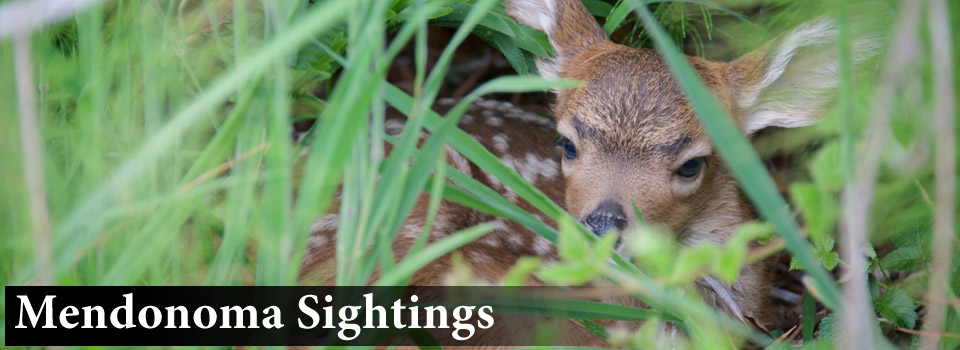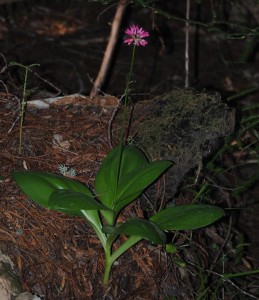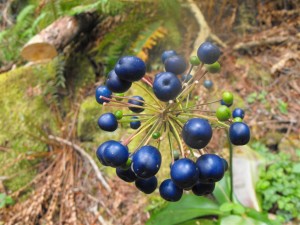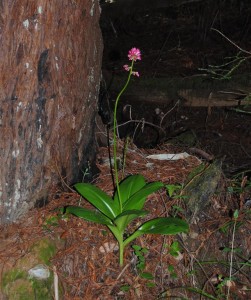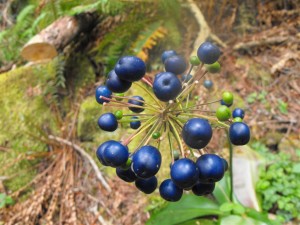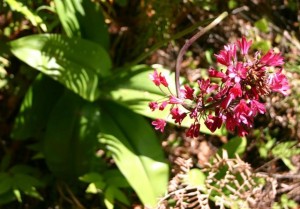Andrew's Clintonia, Clintonia andrewsiana, is a lovely member of the Lily family. They grow in shaded forests. We have a few on our land in Anchor Bay and we cherish them. This Clintonia is about a foot and a half tall.
In the summer, if a Deer doesn't eat the flower head, the flowers turn into blue berries. Rozann Grunig photographed this Clintonia last year. It's other common name is Blue Bead Lily. Now you can see why!
This is another wildflower that should never be picked. The flowers need to develop into these seeds. They will fall to the ground and, if they find a nurturing spot, will take root. They are very slow to develop. We have several "babies" and, even after ten years, they aren't big enough to flower.
Thanks to Rozann for allowing me to share her photo of the blue berries.
